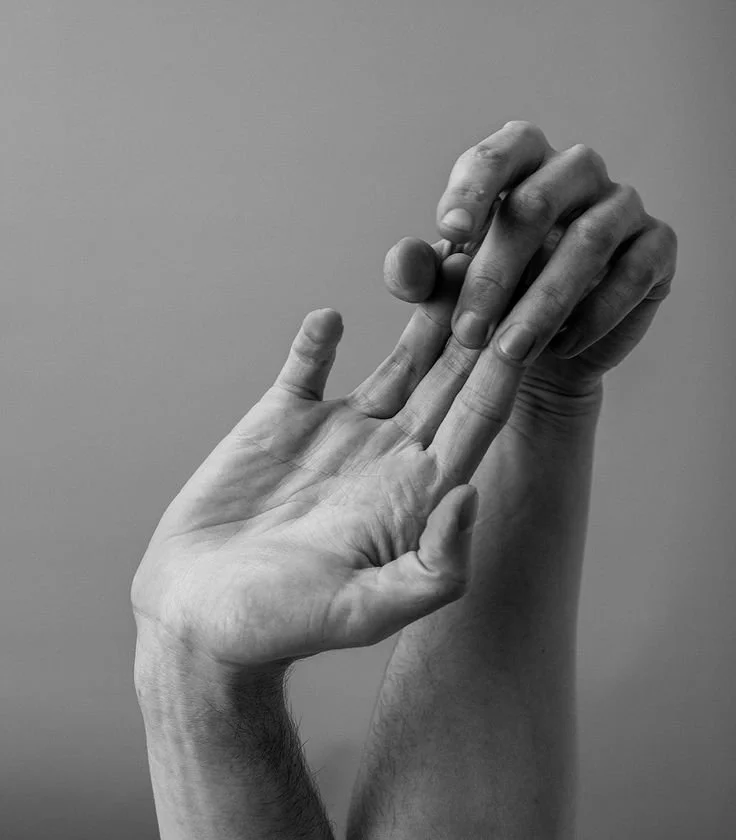EMDR- Eye Movement Desensitization and Reprocessing
EMDR helps your brain reprocess trauma, so that past experiences stop triggering you in the present. Guided eye movements or gentle tapping movements help to rewire how distressing memories are stored, bringing emotional relief and lessening reactivity.
EMDR Intensives
I’m excited to offer EMDR intensives! They provide a focused, in-depth approach that allows us to move at a pace that feels good to you. In a 2 or 3-hour session, we create space to deeply explore negative beliefs, uncover their roots, and reprocess distressing memories. This can create faster relief and changes, particularly in the body, compared to traditional weekly therapy. Once established, we can integrate EMDR into regular one-on-one sessions to continue processing and reinforcing your growth over time.
Is This You?
You’ve done talk therapy but are ready to try a new modality….
• You keep repeating the same relationship patterns, even though you know that you want to change.
• A past experience still feels raw, no matter how much time has passed.
• You intellectually know that you’re safe, but your body still reacts with fear or tension.
• You struggle with self-worth—an old belief keeps telling you you’re not enough.
• You avoid certain memories or feelings because they feel too painful.
• You’ve tried talk therapy but still feel stuck in the same old loops.
How EMDR works
EMDR helps your brain process and heal from distressing memories and beliefs, like decluttering a messy closet. When something overwhelming happens, your brain may store it in a way that keeps it feeling fresh, like it’s happening all over again. EMDR uses guided eye movements, tapping, or sounds, bilateral stimulation, to help your brain to re-encode those memories so that they lose their emotional charge.
Instead of just talking about what happened, EMDR works directly with how your brain and nervous system hold onto the experience. Over time, those once-triggering memories start to feel more distant, and you can respond to life with more ease and confidence. It’s like hitting a “reprocess” button on old emotional files so they stop running in the background.
Details
-
In an EMDR session, in person or virtually, we start by identifying the specific memory, belief, or emotional pattern you want to work on. You don’t have to relive every detail—just enough to activate what needs healing.
Using bilateral stimulation (eye movements, tapping, or sounds), I’ll guide you as your brain naturally begins reprocessing the experience. During this process, thoughts, emotions, and body sensations may surface—some expected, some surprising—but we remain present and curious, letting your brain do the work.
Throughout the session, I’ll check in to help you stay grounded and regulate emotions as needed. As the process unfolds, distressing memories lose their intensity, negative beliefs shift, and you start to feel lighter, clearer, and less triggered in daily life. Each session builds on the last.
Snacks and tea are provided—specific snacks available on request.
My dog Ronnie may also be available for added comfort during this process.
-
Varying from person to person, after EMDR people can feel a mix of relief, exhaustion, and sometimes unexpected emotions. Since your brain is doing deep processing work, you might feel lighter, as if a weight has lifted, or temporarily more emotional, as things settle. Some people feel mentally and physically drained, while others feel energized and clear. Dreams may be more vivid, emotions may surface in the days following, and insights about past experiences or current patterns may continue to unfold. It’s all part of the brain’s natural way of integrating the work. Self-care, rest, and gentle awareness of what arises will help support the healing process.
-
If you ever feel overwhelmed during an EMDR session, know that you’re not alone in it—we go at your pace, and you are always in control. We even create a “stop” hand signal! EMDR isn’t about reliving trauma; it’s about gently processing it in a way that feels safe. If things start to feel too intense, we pause, breathe, and use grounding techniques to help you feel more present and secure. I’ll be there to guide and support you, making sure you never have to sit with more than you can handle. Healing happens step by step, and we’ll move through it together in a way that feels right for you.
-
Yes! EMDR can be integrated alongside regular therapy, whether you’re working with me or another therapist. It complements talk therapy by targeting deep-rooted emotional patterns and trauma in the body that traditional approaches might not fully resolve. Some people use EMDR as a focused tool within their ongoing therapy, while others do occasional EMDR sessions alongside their regular work. We can tailor the approach to fit your needs!
-
2- Hour EMDR Intensive: $400
3- Hour EMDR Intensive: $600
I cannot provide bills for insurance for EMDR intensives.
If the fee is a barrier to us working together, please reach out. In some circumstances, I offer a sliding scale or payment plan.
-
My office is located in South Burlington, Vermont. I also support folks via virtual sessions.
Inspired?
Fill in my client application form and I will get back to you within 2-3 working days.




